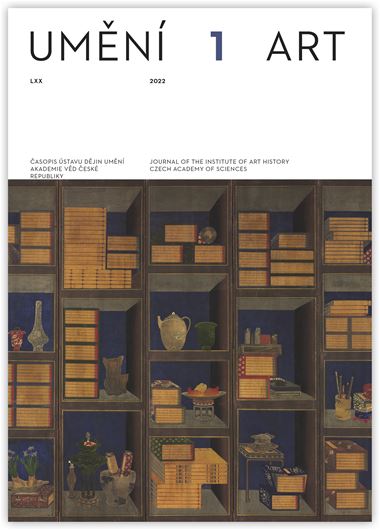Achim Timmermann
‘dem heylighen Cruse to Werle…’: The Architectural Presentation of Civic Relics along Westphalia’s Hellweg, ca. 1370 – ca. 1430
My article explores the microarchitectural stage-management of civic relics, so-called Heiltum, in late medieval Westphalia, especially along the Hellweg, an ancient important trade and pilgrimage route that ultimately connected the Lower Rhine with the Middle Elbe River. The three principal cities that I am concerned with are, firstly the Imperial Free City of Dortmund, which boasted the relics of St Reinoldus, and for which it fashioned a three-spired relic shrine inspired by contemporary high-end tombs and reliquaries during the 1370s; secondly, Werl, which followed, but also responded to, Dortmund’s example with its own ciboriform relic house for a venerable crucifix in the last decade of the fourteenth century; and thirdly, Unna, where a turriform relic shrine partially inspired by Cologne Cathedral’s Plan F was erected during the 1420s. While these shrines and their sacred contents might have attracted one or the other pilgrim, they primarily functioned as repositories and stages of civic pride, rights, privileges, and memoria, and need to be understood as sites of intense urban competition and as statements of emancipation from the influence of the largest non-civic power-brokers in the region, the archbishops of Cologne and the Counts of Mark.
Author's email:
achimtim@umich.edu
DOI: https://doi.org/10.54759/ART-2022-0101
Full-text in the Digital Library of the Czech Academy of Sciences:
https://kramerius.lib.cas.cz/uuid/uuid:1d005b47-0db9-4020-aa80-beb52e8dd63c
< back

